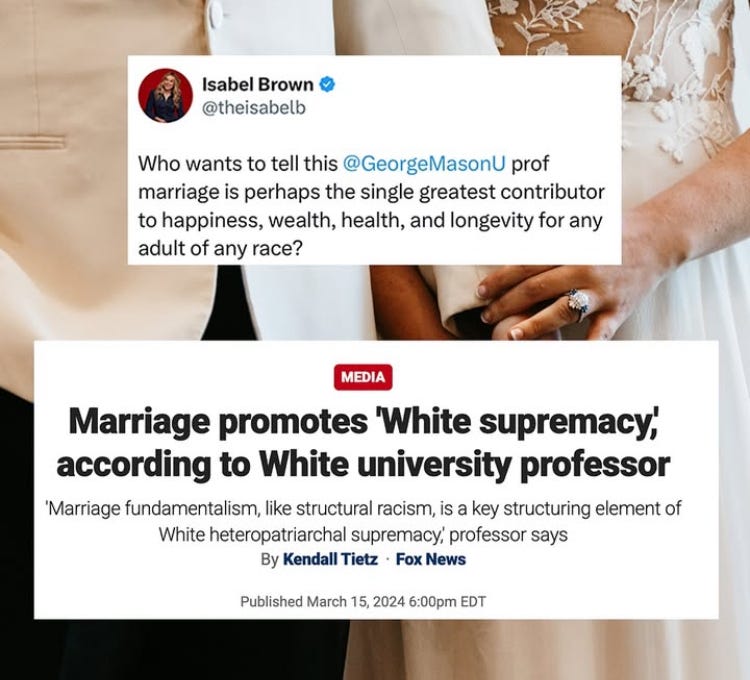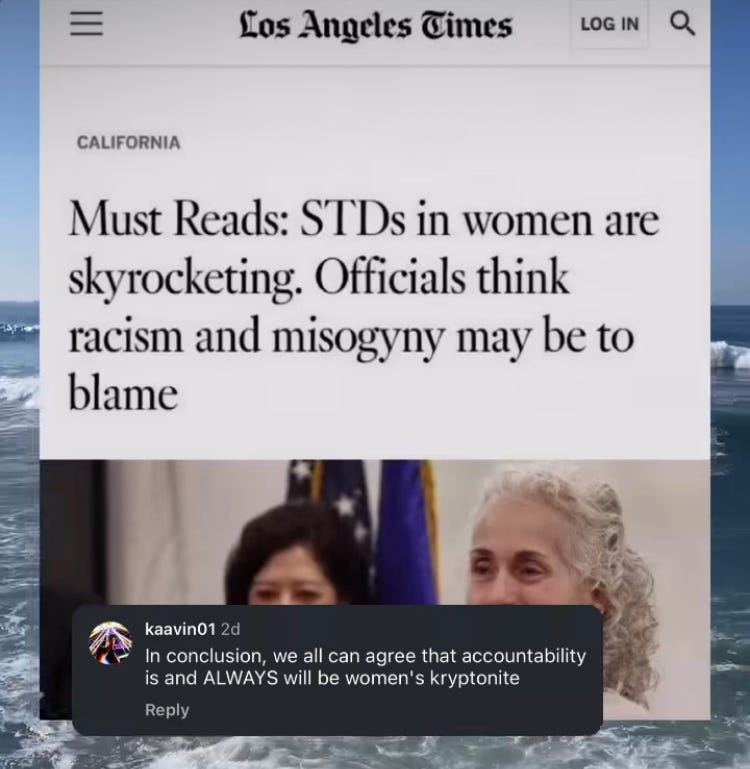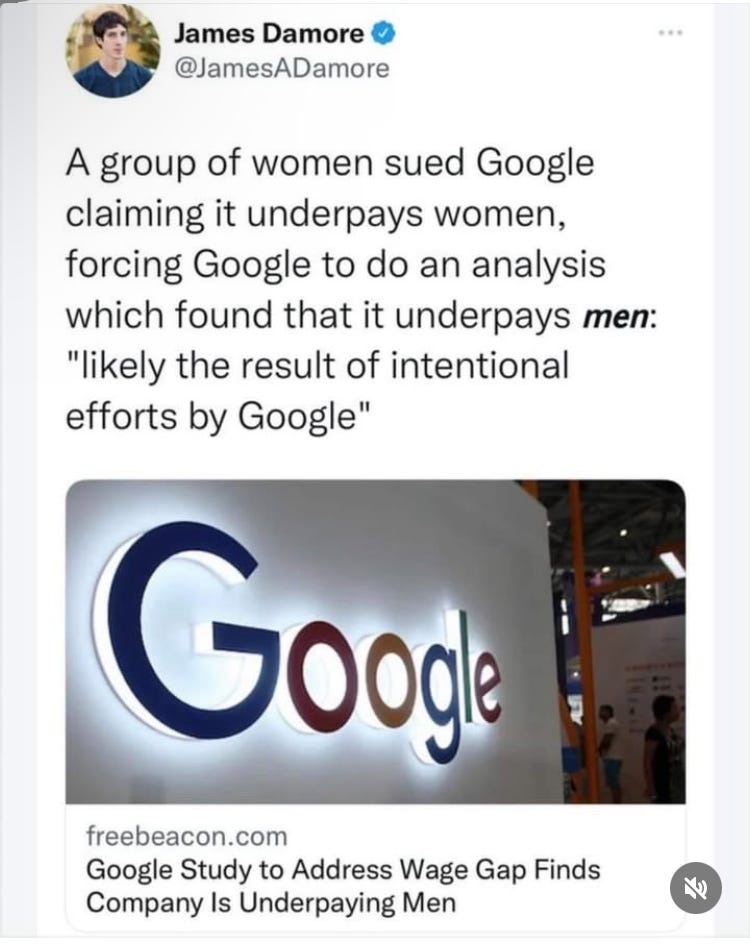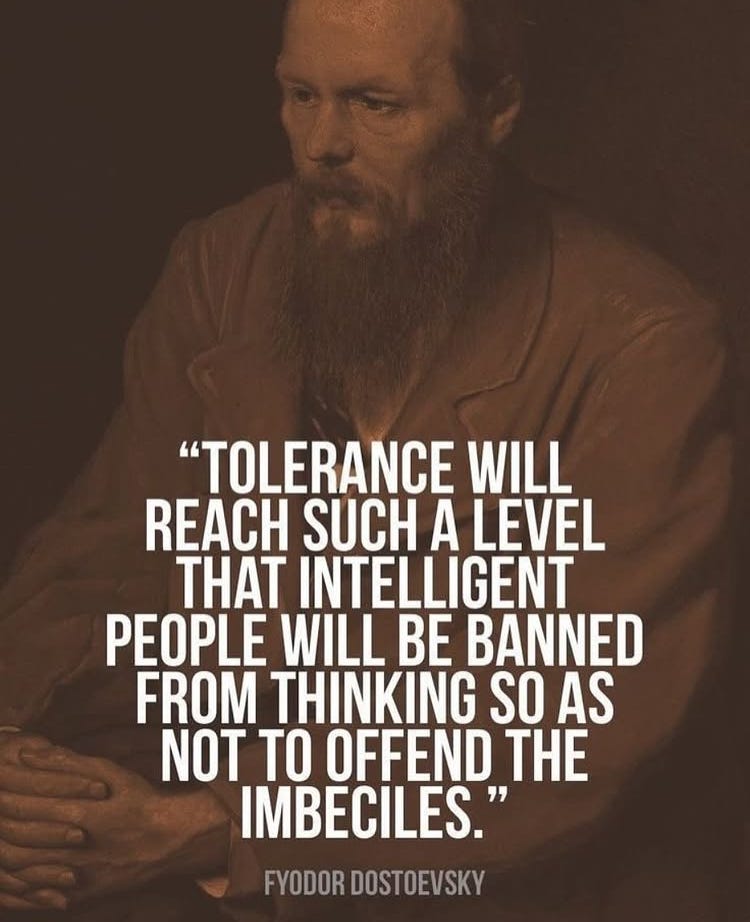By around AD 1100 maize was being cultivated in Ontario, in what later became Attiwandaronk (Neutral) territory. Over the next several centuries, the 'three sisters' (corn, beans and squash) became ever more important in local diets - though Iroquoians were careful to balance the new crops with older traditions of hunting, fishing and foraging. The key period seems to be what's called the Late Owasco phase, from AD I230 to I375, when people began to move away from their previous settlements (and from their earlier patterns of seasonal mobility) along waterways, settling in palisaded towns occupied all year around in which longhouses, presumably based in matrilineal clans, became the predominant form of dwelling. Many of these towns were quite substantial, containing as many as 2,000 inhabitants (that is, something approaching a quarter of the population of central Cahokia).
References to cannibalism in the Gayanashagowa epic are not pure fantasy: endemic warfare and the torture and ceremonial sacrifice of war prisoners are sporadically documented from AD 1050. Some contemporary Haudenosaunee scholars think the myth refers to an actual conflict between political ideologies within Iroquoian societies at the time; turning especially on the importance of women, and agriculture, against defenders of an older male-dominated order where prestige was entirely based in war and hunting. (If so, it would not look so very different from the kind of ideological divergence we've suggested might have been taking place in the Middle East during the early phases of the Neolithic.)
-The Dawn of Everything, by David Graeber and David Weingrow
Narrative Building
Several weeks ago, the Longhouse went into overdrive, focusing on the issue which is most concerning for them. What was this issue? War? Failing schools? Crime? Poverty? No - it was the education and cultural role of men and boys. Changing and controlling these factors (and reaping the sociopolitical rewards) is the primary mission of the Longhouse.
I’m referring to the furor around Adolescence, a Netflix fictional series about a boy who ends up stabbing a female classmate. In the barest details, a case can be made that the show reflects a matter of social concern: juvenile stabbings are a serious challenge to law and order. According to the British government, there were an average of 138 knife crimes (which of course includes possession and menacing, as well as stabbings) per day for the year ending March 2024. However, most of these stabbings are committed not by young white English boys with two parents (as the character of this show was) but by immigrants and nonwhite boys from broken homes. And these boys aren’t stabbing female classmates. Nor does any evidence indicate that they are they motivated by ‘manosphere’ content, which was a (clumsily written and deeply inaccurate) contributor to the boy’s actions in the show. The show does include other, more realistic factors: bullying, educator incompetence and apathy, incompetent policing. However, the show is very clearly a fictional account of a young white boy ‘radicalized’ (in some sense) by the manosphere to visit violence upon a female classmate who was bullying and harassing him. There are two suspiciously ideologically convenient and glaring errors here:
The show ignores the real causes of a major crime issue (immigration, a laissez-faire attitude by law enforcement toward nonwhite youths and communities, broken homes and the resulting delinquency)
The show transplants an entirely different and almost completely unrelated matter of concern (for the Longhouse) into the plot - the rising tide of antifeminist and anti-misandrist content online, which is indeed popular with boys and young men, but which is associated with very little crime or empirical social problems.
Can you imagine a show which depicted a juvenile school shooter being motivated by an overconsumption of BLM-related online material (which isn’t a perfect analogy because #BLM has been associated with a fair amount of violence and criminality)? Not in this culture, you can’t.
The British government and media complex (Adolescence is a British show) fell all over themselves to praise the show and have floated proposals to make it mandatory viewing in schools. Watch this strange and confrontational interview, in which Tory leader Kimi Badenoch repeatedly asserts that she’s focused on real issues, rather than TV series, to the astonishment and disapproval of the television hosts:
The recent Netflix drama Adolescence is a striking case in point. It portrays the fictional story of a 13-year-old white boy who stabs a female classmate to death because his brain was twisted into a pretzel by exposure to the incel subculture over social media. Following its premier, the British government has been using it to gin up a moral panic, with calls to censor social media to tackle the urgent problem of toxic masculinity. After watching the show, Two-Tier Keir Starmer took it as an excuse to denounce the influence of Andrew Tate and other male influencers:
Online, he said, they were finding a new kind of role model – one that too often did not have their best interests at heart. “These are callous, manipulative and toxic influencers, whose sole drive is for their own gain. They willingly trick young men into believing that success is measured by money or dominance, that strength means never showing emotion, and that the world, including women, is against them.”
Here you can see an address to Parliament given by a frog-faced scold with the improbably Dickensian name of Anneliese Midge demanding that the show be screened in schools around the country to educate children about the urgent problem of boys listening to men telling them they should stand up for themselves being turned into mass murderers by the manosphere. The show is feeding calls to ban teenagers from social media and ban phones from schools. None of the leftlings worked up into a frenzy by this fictional creation seem to understand that it is an entirely fictional creation. Now, sure, you can argue that this is all just typical regime cynicism, and you’re probably most right about that ... but in Starmer’s response to Midge, he has a Freudian moment and refers to the show as a documentary.
This is now a familiar play from the soft totalitarian playbook: ignore pressing social issues, even when the lives and fortunes of tens of thousands of people are affected, and focus instead on the ‘problems’ which generate bureaucratic activity and shift the cultural needle in the desired direction. The Canadian ‘mass graves’ hoax. Black Lives Matter. Trans genocide. The gender pay gap. Talk about those things! The stagnation and collapse of order and learning in public schools and immigrant-related crime and the fragmentation of family structures in the United States and the profusion of actual knife crimes or Islamic extremism in Great Britain? Don’t mention them and, if pressed, try to link them (no matter how incredibly) to the issues which the Blob and the Longhouse care about: racism, transphobia, misogyny. The professional managerial class (PMC) is only capable of viewing the problems that it has already deemed pressing, and for those issues (even if they’re not really problems - like the rise of pro-masculine and anti-feminist content online and its rising popularity among boys) no amount of concern is too much. It’s not an exaggeration to say that Andrew Tate has aroused more energy and attention from the Longhouse during the past few years than all urban crime in this country (and in Great Britain).
:Just weeks after its release, “Adolescence” became the one of the most-watched TV series in Netflix’s history.
The series tells the story of Jamie, a 13-year-old boy from a stable, two-parent household who becomes immersed in incel (involuntary celibate) ideology online and eventually stabs a female classmate to death. It has been praised widely for its emotional depth, gripping storytelling, and realistic portrayal of teen violence. The prime minister of the UK, Keir Starmer, called it a “documentary” and suggested it should be shown in schools. Headlines in prominent outlets like The Guardian describe it as “unnervingly on-the-nose.”
The praise centers on the show’s purported insight into the dangerous intersection of adolescence, online radicalization, and toxic masculinity.
Despite its emotional impact, though, “Adolescence” is fiction widely misinterpreted as fact. The very aspects praised as realistic are, indeed, statistically improbable and misleading.
Shortly after watching the show, I spoke with William Costello, a PhD student at the University of Texas who is among the few researchers seriously studying the incel subculture. His findings complicate the simplistic narrative many viewers seem to believe “Adolescence” affirms.
One of the most persistent myths about incels is that they are predominantly white far-right extremists. In fact, 42 percent are ethnic minorities, and their average political orientation leans center-left. Incels don’t constitute a coherent ideological movement; they share not a political vision but a sense of despair — around sex, status, and social rejection. Moreover, according to Costello’s research, 73 percent of self-identified incels meet the criteria for moderate or severe depression, compared with 33 percent of non-incels. Two-thirds are also moderately or severely anxious. More than 50 percent have had suicidal thoughts in the past two weeks. And roughly a third of self-identified incels qualify for a diagnosis on the autism spectrum.
Psychologists find that incels tend to score high on what’s called “interpersonal victimhood”: They have a tendency to ruminate on past slights, demand acknowledgment of their suffering, and believe they are morally superior because of the wrongs they’ve endured. It’s a toxic mindset, and it’s one that “Adolescence” depicts with emotional force.
Yet the scenario depicted — a teenage boy influenced by incel ideology murdering a female classmate — is among the rarest forms of youth violence. The show’s creators say they were inspired by the real rise in knife violence across the UK, which is indeed a serious issue. However, only one in 20 knife crime victims is a teenager. The vast majority of perpetrators and victims are adult men. The Ministry of Justice in the UK reports that 17 percent of knife crimes are committed by individuals aged 10 to 17. Only 13 percent of perpetrators and 9 percent of victims are female. And knife crime disproportionately affects men of color, not white adolescents like Jamie.
Another reason the series should not be mistaken as representative is that the killer in “Adolescence” comes from a two-parent home. In reality, 76 percent of criminal offenders in the UK were raised in fatherless homes. Likewise, US data show that children from fatherless homes are five times more likely to commit crimes and 20 times more likely to end up in prison — a statistic cited by Barack Obama in 2008.
The Rise of Den Mothers and Beta Males
In this interesting YouTube video, Dr, Orion Taraban recounts the narrative sweep of a season of Survivor. The theme of the season was a team of men versus a team of women:
The men won all of the initial contests and games. Their camp was organized and productive, yielding game and fire, and there was a natural hierarchy based upon perceived competence and leadership ability. The women were hungry, wet, miserable… but they devised a plan. They approached a coterie of weaker and more marginal men and offered a kind of alliance. The weaker men worried that THEY would eventually be dispatched by the stronger men (it was Survivor, after all) and they felt sorry for the women, so they began to help them, bringing them food and fire and assisting with their shelters. Once the strong men had been eliminated, with the help of the fifth columnists, all the weak men were quickly voted off. Despite having significantly less survival or organizational skill, the women triumphed, using cunning and social awareness and leveraged sympathy.
The Longhouse is the coordinating committee for that effort in our society - an organic development arising from the empowering of the bureaucracy, which abhors excellence and independent productivity and self-reliance and competition, and favors dependence and seeks to manage the lives and fortunes (and even the thoughts and emotions, to some extent) of its charges. The Longhouse cannot abide being ignored or marginalized or resisted, and it uses its control over childhood socialization and cultural disapproval and institutional social aggression: investigations, HR departments, online cancellations, passive aggression firings, and the widespread ability to select those which it deems compliant to attend college, acquire jobs, and win promotions and awards.
Before I proceed, let me introduce our cast of characters:
The Blob is the bureaucratic superstructure, a vast organism which includes most of the power in society, and is comprised of institutions which support one another against threats and critics, while distributing cultural and financial and political resources amongst themselves. A central commandment in this world is to avoid (as much as possible) any act or narrative which will diminish the resources or damage the reputation of a different facet of the Blob. Research studies and grant committees won’t approve studies which will shine a critical light on the public education system. The legacy media won’t
The Hive is not a part of the Blob, but it tends to support and justify its ideas. The Hive is the organic, digital generator and reinforcer of contemporary femininity. The ideas that women and girls have about relationships, ambitions, political values, fashion, social presentation, propriety, norms, etc. are constantly molded and consolidated by the Hive, which is a forum in which women spend quite literally billions of hours watching other women talk about things, profess their characters, tell stories, issue judgements, and display emotion. These recordings emphasize the ways that women are supposed to speak and think and behave. They establish the consensus around which social desirability bias (which is very strong and deeply-rooted for women) congeals.
The Hive is a part of the Blob. In a sense it is a command and control module, for the Blob is deeply invested in modern corporate feminism for a number of reasons. Foremost among them: single women are the most stalwart supporters and the most committed dependents of the Blob; a group of people who are prone to negative emotion, who thrive in bureaucratic environments and who hate risk and competition, and who lack many of the life skills and attributes which promote independence in the modern world - psychological resilience, mechanical knowledge, varied social experience, physical confidence, etc. - form a kind of dream client group for the Blob, which survives based upon the widespread cultivation of dependency and helpless and managed social dysfunction. If single women are the loyal followers of the Blob’s dictates, which demographic represents its most acute threat? Strong and capable men. Not only do they have little need of the Blob’s services and will resist its encroachment into their lives and wallets and communities (minimally, at least)… but they are liable to take single women off the board, by dating and marrying them. A society of healthy families has much, much less need for the Blob’s offerings and that may be why we see such a concerted and sustained cultural effort to erode and delegitimize marriage, childbirth, parenting, and the very ideas of commitment and virtue.
The Longhouse is the cultural and educational component of the Blob, concerned with forming and solidifying the ‘new’ cultural narratives around life, challenge, achievement, behavior, masculinity and femininity and sex roles, safety, and flourishing.
It is an institutional reflection of a kind of emotional reflex common among professional women and the weak men who’ve agreed to live by their rules, in order to advance their careers and win status. These men know that they’re always at risk of cancellation or professional reversal (or just being passed over by more favored candidates) but they’ve estimated that their chances are better within the feminized bureaucratic structures than they would be in open competition with masculine men. More importantly, they’ve been taught from childhood that resisting bureaucracies and regimes of disapproval and feminine political ideas is unseemly in some way… mean. They don’t want to be mean. They want to be nice and respected, and so they muddle through life as best they can, feeling curiously out-of-alignment and impotent, but just imaging that this is how modernity is. They’re right about that, of course, but it is this way because of the concerted political and cultural efforts of two generations of professionals. There’s no inevitability to the erosion of masculine hierarchies or the submission of our institutions to weak men (who hate accountability) or to the safetyist culture and feminized childhood education that we’ve imposed on our civilization.
Boys being disadvantaged in terms of socialization and grading? The Longhouse.
Marriage being eroded by an increasing number of pro-woman policies and protections? The Longhouse.
Educational campaigns, like the explosion of attention around Adolescence, or the widespread emphasis on training students to embrace equity or LGBTQ acceptrance? The Longhouse.
The pervasive discrimination against men, especially white men, in academia and in the job market? The Longhouse.
Hollywood and streaming films and shows blanketing us with underwhelming stories with female heroines? The Longhouse.
HR protections and academic administrative rewards/punishments for those who look and act and believe correctly, and punishments for those who don’t? The Longhouse.
The Longhouse has a great deal of political power, exercised through its institutional and financial levers and through the fact that it is populated by women who have been granted extremely valuable credentials (sometimes of dubious objective value) in order to shape the culture and the educational system and to make a great deal of money doing it. The legionaries of the Longhouse understand on some level that their incomes and their status and their collective social power are dependent upon the survival of the political status quo. While it is extremely common for them to praise radical change and systemic reform and decolonization and other nebulous concepts, the fact is that these people control most of the institutions in our country and they display absolutely no appetite to implement such radical changes. These gestures are defensive memes, used against the old forces of tradition and merit and masculinity. They’re used in defense of the status quo. Change is the last things these people want, unless it’s more privileges for women, more funding for their organizations, more power for themselves.
Listen to this call between DNC Chairperson Ken Martin, almost weeping in a confrontational phone call with David Hogg (who is not the kind of formidable man who should be bringing grown men to tears):
Can you imagine powerful men behaving in this way 50 years ago? 100? What accounts for the weakening of our society? There has been a concerted effort to promote male weakness, and the increasingly comfortable society we have has allowed people to become weaker. The Longhouse has played its part in all of this. It champions and rewards strength and assertiveness (even arrogance) among women, much less so men. It has strived to create a safe and risk-free society, for it hates risk almost as much as it hates real competition. The vision of the Longhouse is a vision of a world with risk removed, even if that means that athletic and technological and financial excellence go with it. Open debate is muffled. Social problems are managed by the state and its nonprofit appendages. It’s the logical terminus of the directions in which we’re now heading.
Changing Times
No one (honestly) disputes that cultural narratives are changing or that trends are developing. They merely differ on whether those changes are good or bad.
Mothering and raising children are less estimable and less admirable roles for women to play now. The culture encourages women to focus on their educations and their careers. The culture would like women to be competitive, risk-taking, and innovative but these are difficult traits to develop, and so the culture has decided to pretend that women (on average) are these things nearly to the extent that men are. This pretension allows women to feel powerful and gain status, and it also allows the Blob to attack organizations and job types (construction, sales, management, investment, technology, etc.) in which women are underrepresented, which massively expands the Blob’s power. Double win.
The notions of sexual or romantic roles have been eroded, but only in one direction and only to one sex’s benefit. No one questions the facts that males are uniquely prone to aggression or sexual violence or impulsivity. The cultures only questions the idea that promiscuity is uniquely damaging to a woman’s status and mating value, and that women have a special personal responsibility to be careful in sexual encounters. Unfortunately, these disparities (and dozens of similar examples) are essentially two sides of the same coin. If men tend to be impulsive and indiscriminate women must be discriminating, or social collapse is possible. It’s not fair and it’s not equal… but it is natural and it’s probably unavoidable. A functional culture recognizes these aspects of human psychology and forms itself accordingly. Ours uses disapproval to blame men for their sexual and romantic impulses, and uses institutions and entitlements to shield women from the consequences of their decisions. When you notice patterns like these (of selective, ideologically driven, rewriting of cultural notions) you should pay attention.
The old model of a man going out into the market or the world and making his fortune is gone. Now there’s a massive encrustation of human resource administrators, legal liabilities, credentials, and privilege-consolidating class and status markers (private school degrees, internships, etc.). All of this is profoundly anti-egalitarian, and it leads to a less free and flexible (and productive) society, but it wins power and control for the administrative machinery and it empowers professional women, who now compete in the context of a managed, risk-reduced occupational landscape.
50 years ago, there were many opportunities for status and advancement for ambitious, assertive, energetic (even obsessive), men… whether their talents lay in physical activity (soldiering, firefighting, athletics) or mental activity (finance, business, architecture, writing, research). Leadership, stoicism, competitiveness, and masculine ambition were all prized and highly rewarded by society. That is much less the case today.
I always encourage people to view our social situation as a point on a trendline. Perhaps problems are still infrequent. Many on the Left will claim that ideological indoctrination of young children or the cancellation of popular academic faculty over mainstream opinions or feminine social aggression in modern institutional bureaucracies aren’t real problems - they’re not occurring frequently enough. I think they’re much more frequent than we know of. This kind of reflexive denial is disingenuous, for these doubters never want to hear about the cases that do come to light and they never intervene when it happens in their own school or neighborhood or workplace. Denying that ideological capture is a problem in a society where narcissism and bureaucracy and ideology are all on the rise is a psychological defense mechanism, and nothing more. It’s a way of protecting oneself from the knowledge that the ideas and policies one supports are doing evil and harming people. Such denials are a form of cognitive dissonance, which is why people become upset and agitated when the contradictions are highlighted.
But let’s say these kinds of instances are still few and far between. That’s actually not very important to my theses. My claim is that they’re growing more frequent, and that the people determined to believe that they’re rare - and to do nothing when it’s shown that they’re occurring - are making that increasing frequency inevitable. It’s the trendline that matters. When it comes to the developments explored here, (and in my previous piece, The Hive), we should attend to the trendlines. It’s not that these changes are quotidian, necessarily. It’s not that tradition is broken and common sense fled. It’s that there’s a clear direction of change for these social mutations.
If we’re here, now, where will we be in 20 years, if these changes continue?
The professional landscape has been remade, with a hundred administrative mechanisms of control introduced. That reduces incentives for men to go out and compete and produce, as they used to. Men who build or police or trade or sell are also taxed, and their wealth is given to strengthen the Longhouse. The educational system has been thoroughly feminized, with inconvenient political ideas eliminated almost entirely, as well as the skills required to apprehend them (statistical literacy, critical thinking, rhetoric and debate). The parenting of children has been offloaded more to teachers and counselors and other species of the “den mother” (for around 80% are female, disproportionately single and progressive) and rough play, physical exertion, competition (the possibility and disappointment of failure), and the evaluation of children across different skills and aptitudes have been muted. The widespread efforts to teach boys to be “softer” and gentler (for who?) or to erase standardized tests or strict grading or eliminate homework are happening in hundreds of American school districts right now. Those proposals barely existed half a century ago.
This is a regime of disapproval and secret, but universally understood, standards and norms. EVERYONE knows that, in many institutions, vocalizing any of the claims that I’ve mkade here will result in immediate punishment on some pretext, or loss of status, or teacher/manager/HR representative/professor leveraging passive aggression or indirect administrative sanction against the speaker. No one says these things - not because they don’t think or believe them, but because they know that they’re not approved or sanctioned ideas. What do you think the result would be if you brought up any of these issues during a teacher training session or an MSW class or a professional internship? Curiosity? Open debate? I doubt it.
The Essence of the Longhouse
The Longhouse has been institutionally ascendant for long enough that it now has control of the Democratic party, many major corporations (at least in part), and most educational institutions. It’s the reigning regime in culture and psychology and publishing. It exerts its influence indirectly (betraying its feminine nature) and it’s a diffuse phenomenon, so it can be difficult to pin down. Its fundamentals are:
An effort to train boys to be nice and cooperative, rather than strong and independent
An effort to eliminate risk and win-take-all competition from society and from the economy and from academia
An effort to promote ‘niceness’ and prioritize psychological comfort and safety, which are then leveraged to accomplish ideological aims and win administrative power
The Hive forms the opinions of girls and young women as they grow and begin to date and work and spend and socialize. It’s a mechanism to enforce a conformity of values and outlook by giving females immediate and ever-present and overwhelming feedback for all of their thoughts and emotions: ‘good’ ideas and expressions are rewarded with affirmation and praise and sympathy; ‘bad’ are punished with cruelty and doxxing and hatred.
The Longhouse is the adult and institutional counterpart of the Hive. It is the control module, which helps to shape the norms and laws and employment policies of the Western world to promote the interests of professional women and to remake the world into a safer, gentler, more predictable, and duller place, one in which status and ‘right think’ are prized above all, in which everyone can turn to a weighty bureaucracy for aid or comfort, but no one can live outside the system or question it or rise too high (especially not masculine men).
It is not, despite what it might sound like, an originally political creation. I perceive the Longhouse to be the natural effect of a society in which the promotion and celebration of women (for being women) has become a kind of new state religion, in which fearful and disconnected people instinctively turn to the government and nonprofits and agencies when faced with a social problem, in which the envy and dissatisfaction of the masses (weak, uncertain, still desperate for security in a world that’s now safer and richer than ever before) are now expressed in every film and university and middle school and corporation. It’s a natural and unavoidable symptom of a society in which people strive to promote the unqualified, protect the law-breaking, suppress the strong and independent, and flee from all uncertainty and risk. They do all of this before they fear reality, and they crave status. The Longhouse is an alternate mode of status-earning and social support and psychological value, which has replaced the older, traditional mode. The Longhouse feeds on the insecurities of the individual and the fragmentation of families and communities. The Longhouse is the vanguard of weakness.
Power is being taken from its old guardians and given to new ones. The signs are everywhere.












Progressives have been using fiction -- books, plays and movies -- to not only sway public attitudes, but to get legislation passed and nanny state programs initiated for more than a century that I've seen. I discovered this researching the late 18/early 19th C white slavery panic. The 1910 Mann Act outlawed interstate prostitution rings responsible for 50,000 US women going missing yearly. From 1910 to WWII, a handful of men were prosecuted for taking a woman on a naughty weekend in another state, but no organizations.
The topic search turned up something I wasn't originally looking for - reviews of books, plays & even a few movies on the topic. None of them were big enough hits that I'd ever heard of them. But the purpose was clear. Influence public opinion, install a social service organization and generate new law.
For the same reason the White House Office of National Drug Control policy is a liaison to Hollywood, to get movies & TV shows to promote drug-war narratives.
Who needs facts when fiction can your goals enacted?